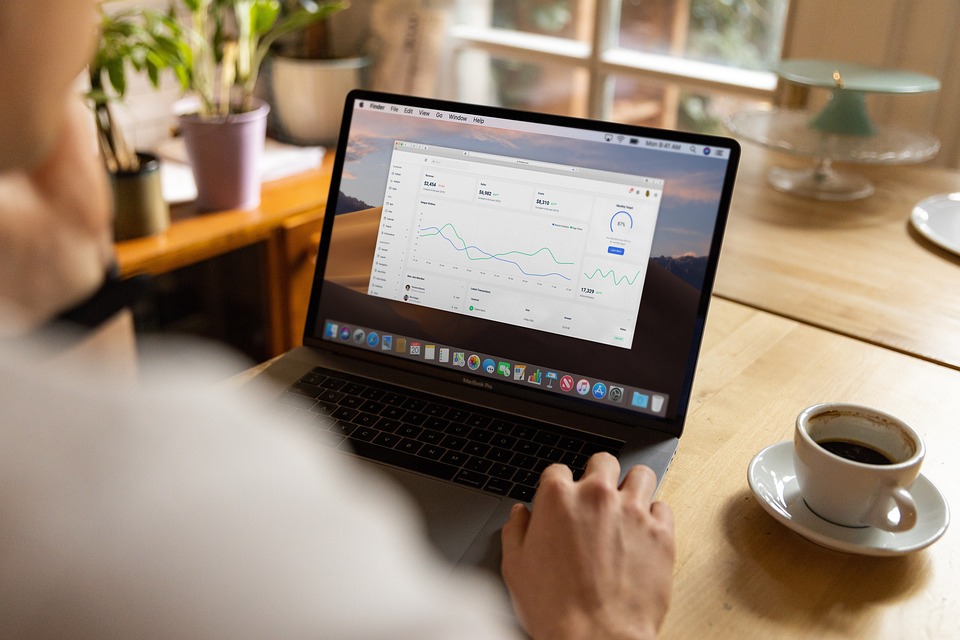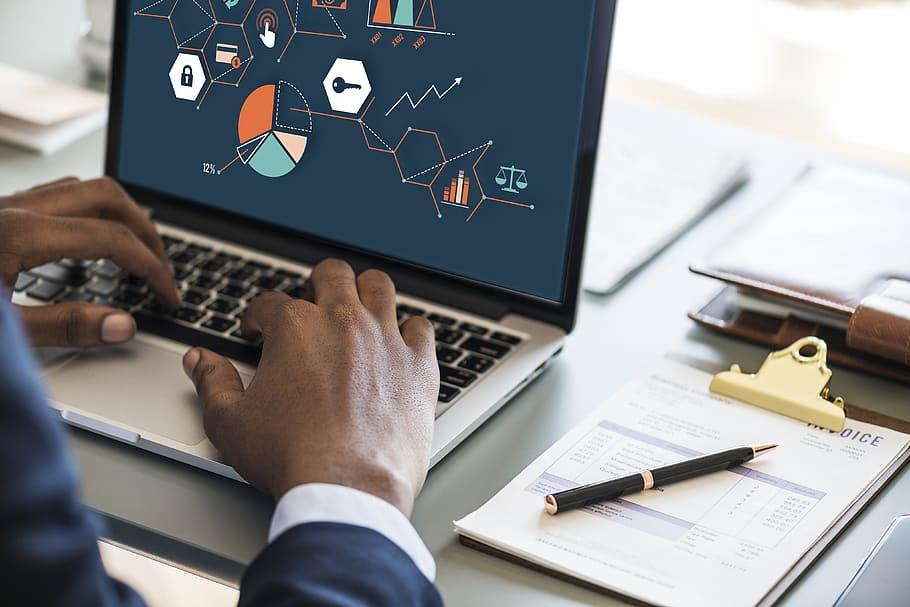IoT stands out as a shining innovation that links all devices via the web. As an IoT developer, I get to be a part of this fantastic technology.
Today, I will share a day in the life of an IoT dev. Let’s read on to discover the wonders of the IoT realm right now!
Who Is An Iot Developer?
IoT (Internet of Things) refers to a big group of connected smart devices. They have special sensors inside them that can collect and share data.
An IoT developer is someone who works with those smart devices. Aside from creating the devices, the developers also build software that makes them work together smoothly.
A Day In The Life Of An IoT Developer
I have a lot of busy days. Let me tell you what I do every day and how I can handle the tasks effectively!
Morning Routine
When my alarm goes off in the morning, it’s time to start a new day! The first thing I do is reach my phone to check my emails. This simple task helps me update everything new in the project.
Sometimes, I receive feedback from clients and team members. Thus, I have to read and respond to them promptly.
After checking all the emails, I review the progress of the projects I’m working on. Project management tools can help me with this task quickly.
Design And Architecture
I get to plan how IoT applications will work and how they will interact with users and other devices.
My primary goal during this design phase is to create web and mobile applications. They must have user-friendly interfaces through which people can interact with. They can also access data from the connected devices.
In the IoT industry, a good user interface is vital for how users interact with the devices. Thus, I spend lots of time on this design task.
The design and architecture phase is also one of the fascinating parts of my job because IoT devices themselves often come with their user interfaces. So, I need to ensure that the apps I develop can enhance the usability of these devices.
Two of the coolest types of interfaces I work with are gesture-based and voice-based controls. Just imagine yourself saying, “Turn off the lights,” and the lights magically respond to your command.
I use my UI and UX design skills to create successful IoT applications. While UI focuses on how the app looks and feels, UX is all about crafting a seamless user experience.

Coding
I work with high-level languages to develop IoT apps. So I must get familiar with Node.js, Swift, and Java to deliver the best result.
Another essential skill I use for this task is GPS programming. It plays a vital role in smart vehicles and wearables that need location tracking.
I also keep an eye out for new frameworks and development kits. They can help me quickly create prototypes. Then, I will have more time for other tasks.
Data Collection And Analysis
As an IoT developer, I deal with vast amounts of data. All of them come from the connected devices.
These data points hold valuable insights. Thus, I have to uncover hidden patterns and important information that can improve the overall functionality of IoT applications.
The database is vast. But it doesn’t stress me out since I can use big data management and machine learning tools for help.
For example, machine learning algorithms can help me detect anomalies in sensor readings. Then, I can predict when the devices require maintenance.
On the other hand, big data management assists me in processing data. Cloud-based platforms are essential tools in this regard.

Establishing Connectivity
The wireless system is the backbone of IoT. Hence, establishing connectivity is vital. This task involves understanding wireless communication networks. I also have to work with different connectivity systems.
As an IoT developer, I ensure that IoT devices can communicate seamlessly with each other. Plus, they should be compatible with the apps they are designed to interact with.
Testing
Testing is an exhilarating phase in IoT development. In this phase, I thoroughly examine every feature and functionality of the devices.
Sometimes, I put the devices in various real-life simulations. After these tests, I can tell that the devices meet high-quality standards.
Moreover, testing helps identify and fix any bugs or issues. Then, I can ensure a smooth user experience.
Teamwork
Collaboration is at the heart of every project, even with an IoT developer like me. I have to work alongside designers, engineers, and other developers to bring unique perspectives to the table.
We have meetings every week. And if any issues arise suddenly, we discuss them immediately and develop the best solutions.
I love working with my team. They are all talented people that support me. This collaborative environment also fosters creativity and problem-solving.

Documentation And Reporting
Documentation doesn’t sound as thrilling as coding. However, it’s integral to successful IoT development. So I work on it every day.
I diligently document every detail of the development process. It can be a design decision, code explanation, or any aspect of the project.
This task seems tedious, but it serves a vital purpose. For example, it keeps me organized and stays on schedule. Well-documented projects are also easier for other team members to understand.
Personal Development
Personal development is a continuous journey for any IoT developer. Since I work in an ever-evolving industry, I must always stay ahead of the curve.
So, after work, I spend time attending workshops and seminars. These occasions are precious chances for me to learn from experts and peers.
Reading books on IoT advancements is helpful, too. They keep me informed about the latest trends and best practices.

Conclusion
Being an IoT developer is a busy yet interesting job. The numerous tasks I handle every day keeps me engaged. Plus, knowing that I’m part of innovative technologies makes it all worthwhile!
So what do you think about this profession? Don’t be shy to share with me. Thank you for reading!
